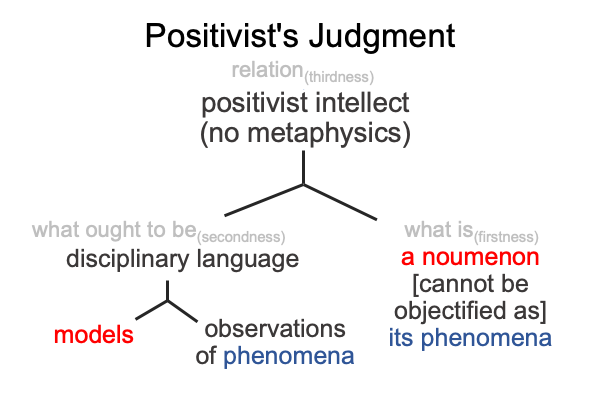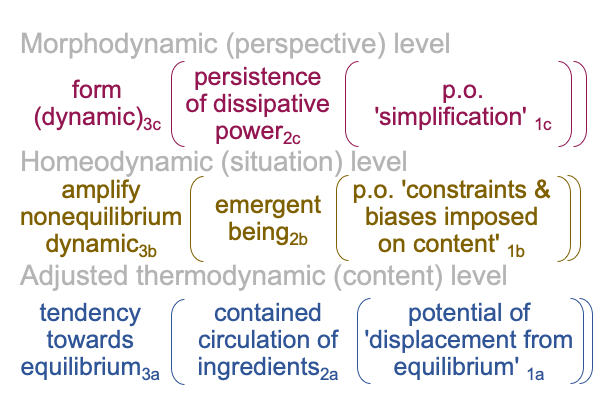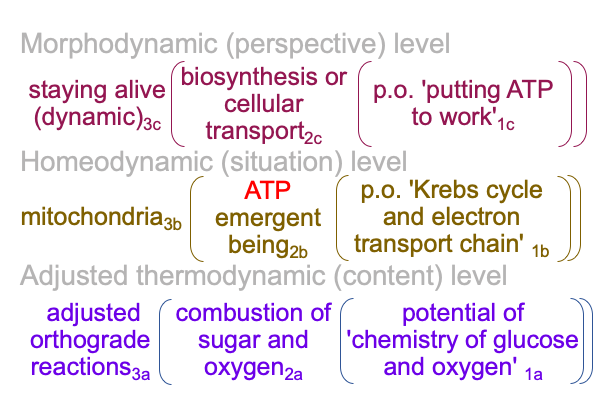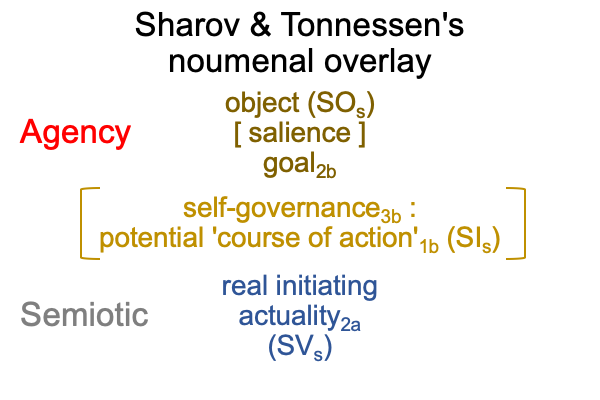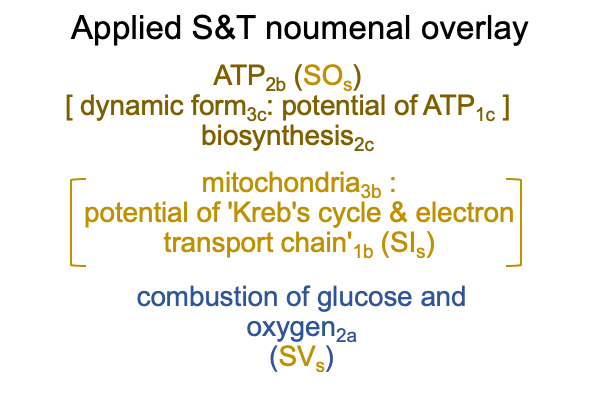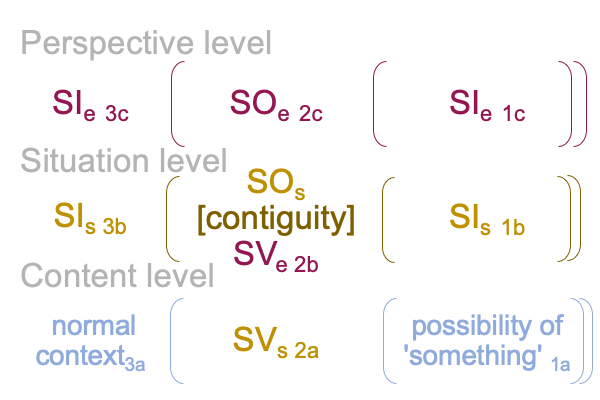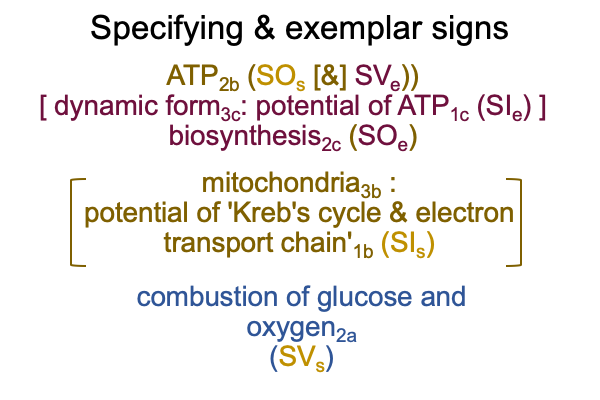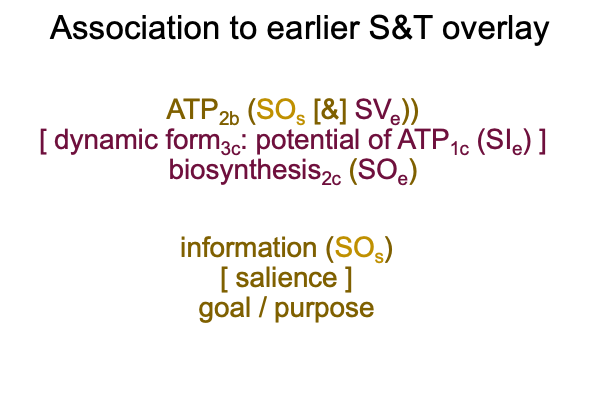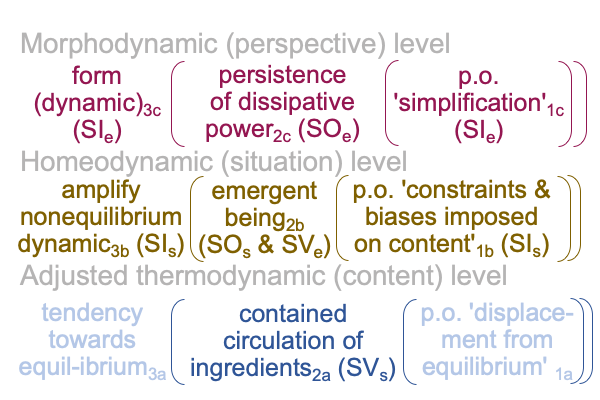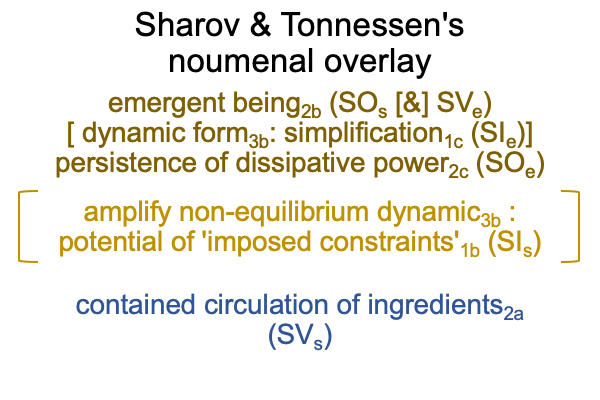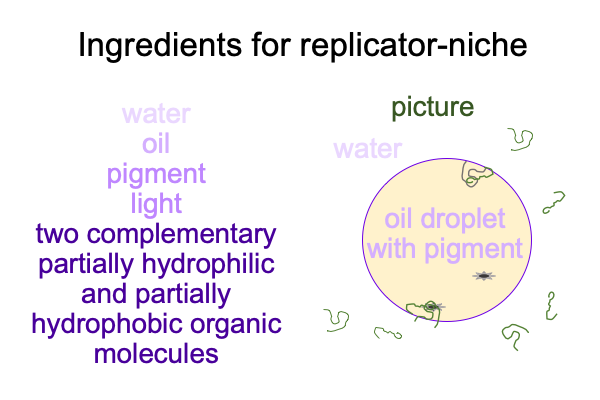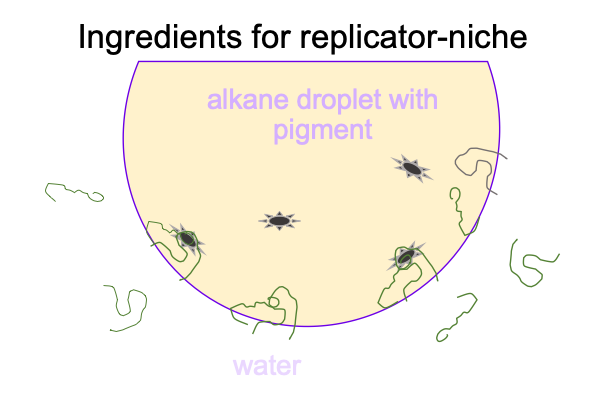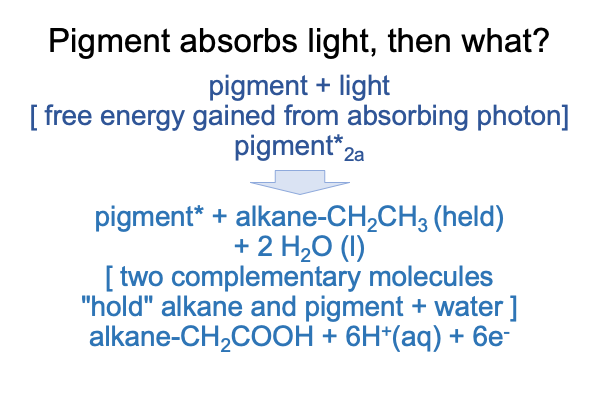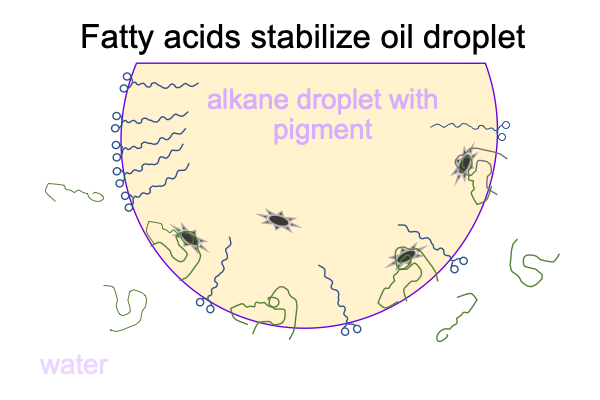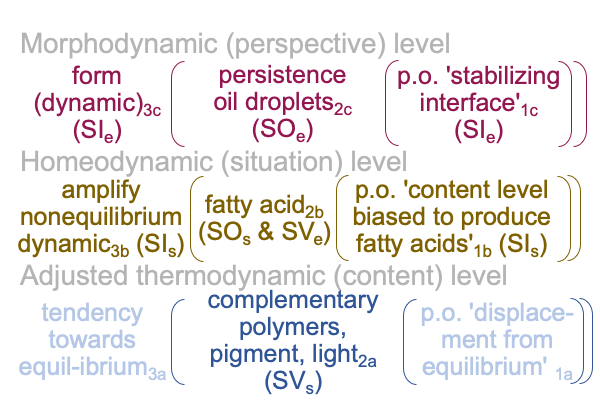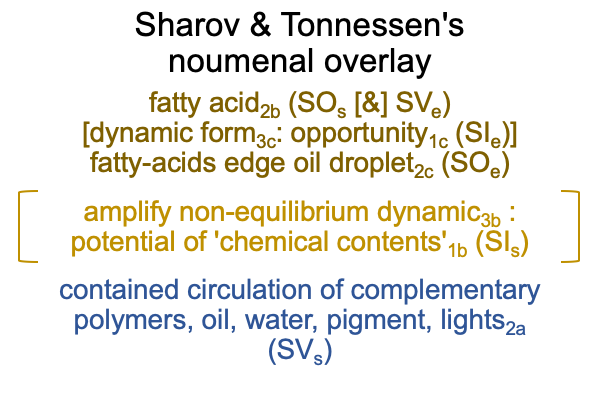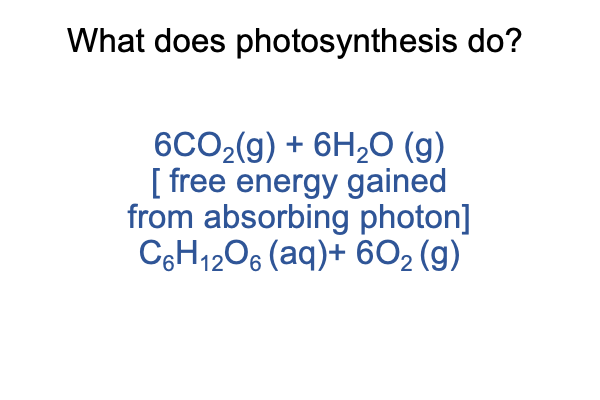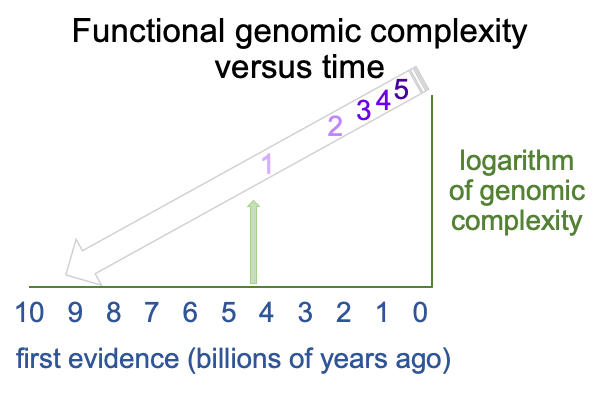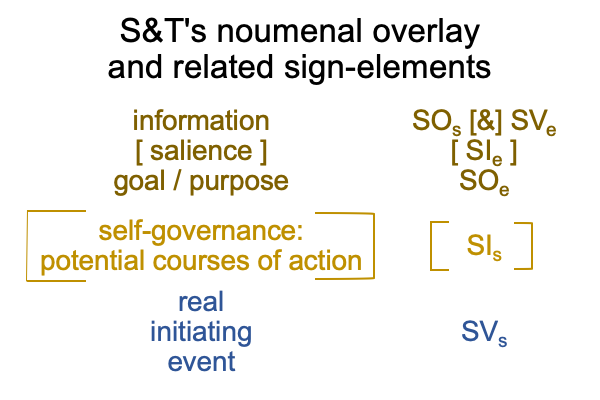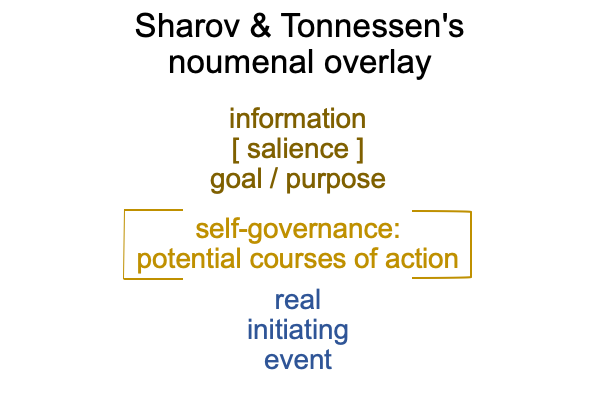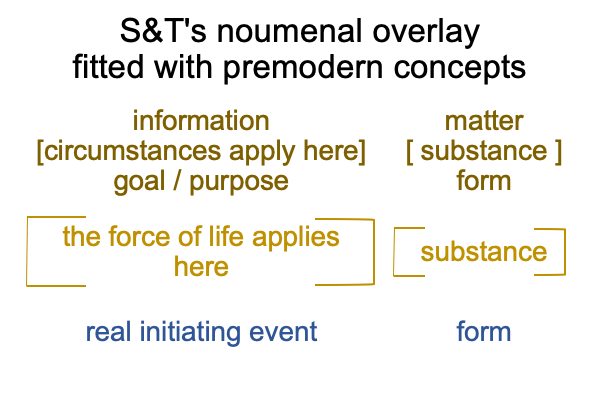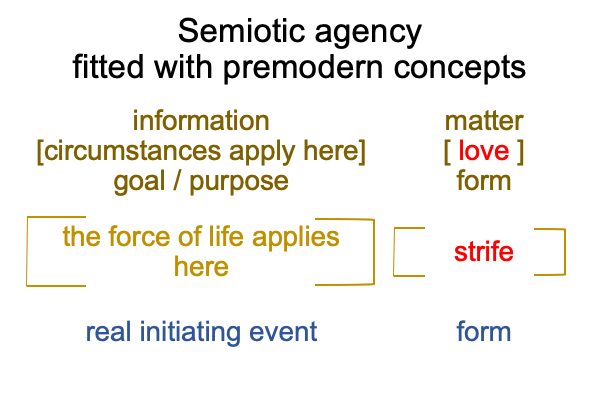Looking at Alexei Sharov and Morten Tonnessen’s Book (2021) “Semiotic Agency” (Part 24 of 24)
0264 What do I conclude?
By the time that the authors finish Parts II and IV of Semiotic Agency, the range of applications expands into Parts I-IV of Pathways to the Origin and Evolution of Meanings of the Universe.
0265 Is such an expansion warranted?
From my examination of Parts I and III of Semiotic Agency, I may say, “Yes. Biosemiotics entails a re-articulation of biology and the social sciences. Biosemiotics also reveals the nature of phenomenology, cybernetics and the psychometric sciences.”
0266 The re-articulation of biology and the social sciences in the light of biosemiotics is just beginning. In looking at Part I and III of Semiotic Agency, I could sense the breadth of the project.
0267 The problem concerns the status of the noumenon.
Natural scientists never worry about the noumenon, because the noumenon should be obvious. Indeed, triumphalist scientists want to paper over each natural noumenon with a successful model. Social scientists observe and measure social phenomena then pull the associated noumena from holes in the ground. Phenomenologists promote intuitive methods for guessing what a noumenon must be. Sharov and Tonnessen re-format the triadic specifying sign-relationinto a dyadic structure amenable to empirio-schematic inquiry. I call their discovery, “the Sharov and Tonnessen noumenal overlay”.
0268 The authors call it “semiotic agency”.
0269 Semiotic agency, depicted as a dyad (agency) within a dyad (semiotic agency), forces scientists to re-examine all that has gone before.
And, that is quite an accomplishment.
0270 The task before me remains. A sea of biosemiosis lies before me. The question is how to traverse the waters. How to set sail?
In order to examine Parts II and IV of Semiotic Agency (2021) and Parts I, II, III and IV of Pathways (2024) I plan to take certain steps, listed in the following script.
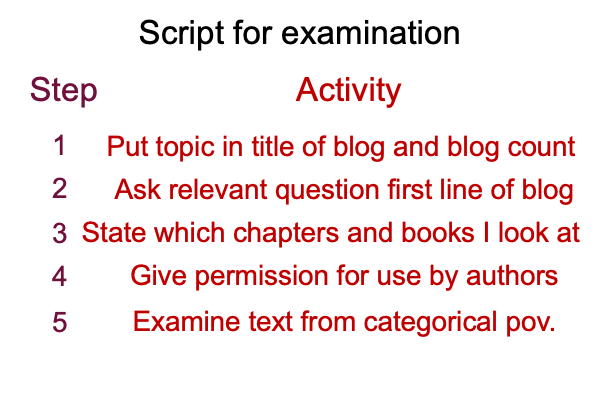
This script allows me to examine here and there, like a bumbling bee in a spring field, not certain about a proper path, and inadvertently pollinating along the way.
I begin by looking at the chapters on the origins of life.

